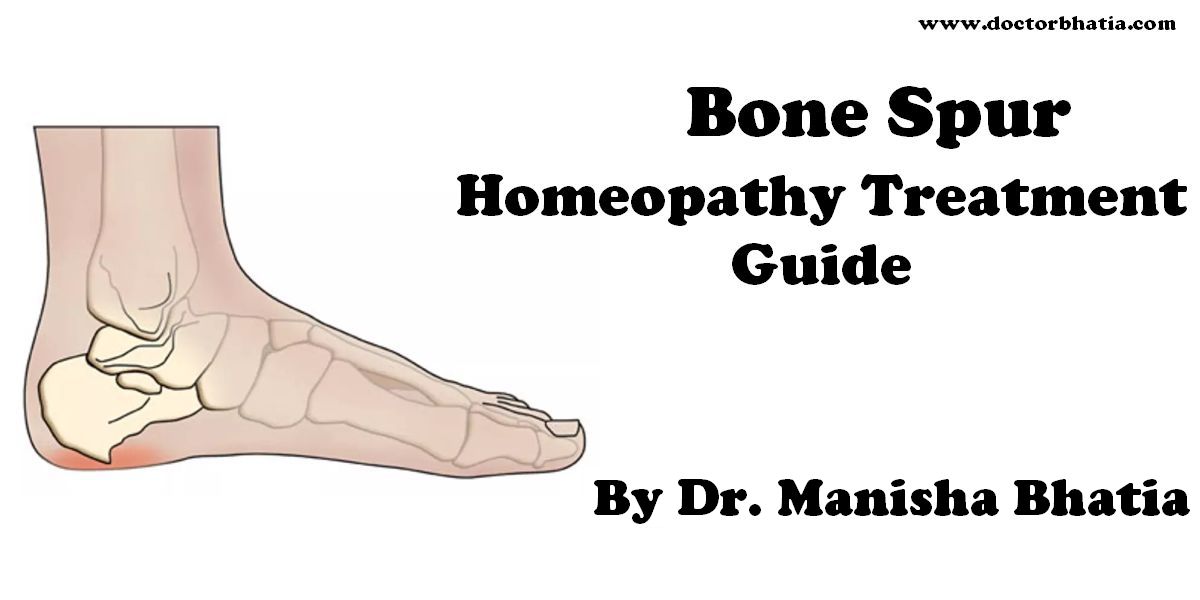Bone spurs, also known as osteophytes, are bony projections that form along joints. Bone spurs form due to the increase in a damaged joint’s surface area. This is most commonly from the onset of arthritis. Bone spurs usually limit joint movement and typically cause pain. [1]
Bone spurs form naturally on the back of spine as a person ages and are a sign of degeneration in the spine. In this case the spurs are not the source of back pains, but instead are the common symptom of a deeper problem. However, bone spurs on the spine can impinge on nerves, which leave the spine for other parts of the body. This impingement can cause pain in both upper and lower limbs and a numbness or tingling sensations in the hands and feet due to the nerves supplying sensation to their dermatomes.[2]
Spurs can also appear on the feet, either along toes or the heel, as well as on the hands. In extreme cases bone spurs have grown along a person’s entire skeletal structure: along the knees, hips, shoulders, ribs, arms and ankles. Such cases are only exhibited with multiple exostoses.
Osteophytes on the fingers or toes are known as Heberden’s nodes (if on the DIP joint) or Bouchard’s nodes (if on the PIP joints).
Bone spurs may also be the end result of certain disease processes. Osteomyelitis, a bone infection, may leave the adjacent bone with a spur formation. Charcot foot, the neuropathic breakdown of the feet seen primarily in diabetics, will also leave bone spurs which may then become symptomatic.
Cause of Bone spur
Osteophyte formation has been classically related to any sequential and consequential changes in bone formation due to ageing, degeneration, mechanical instability, and disease. Often osteophytes form in osteoarthritic joints due to damage and wear from inflammation. Calcification and new bone formation can also occur in response to mechanical damage in joints, or at the attachment points for ligaments and tendons.[3]
Homeopathy Treatment for Bone spur
Keywords: homeopathy, homeopathic, treatment, cure, remedy, remedies, medicine
Homeopathy treats the person as a whole. It means that homeopathic treatment focuses on the patient as a person, as well as his pathological condition. The homeopathic medicines are selected after a full individualizing examination and case-analysis, which includes the medical history of the patient, physical and mental constitution, family history, presenting symptoms, underlying pathology, possible causative factors etc. A miasmatic tendency (predisposition/susceptibility) is also often taken into account for the treatment of chronic conditions. A homeopathy doctor tries to treat more than just the presenting symptoms. The focus is usually on what caused the disease condition? Why ‘this patient’ is sick ‘this way’. The disease diagnosis is important but in homeopathy, the cause of disease is not just probed to the level of bacteria and viruses. Other factors like mental, emotional and physical stress that could predispose a person to illness are also looked for. Now a days, even modern medicine also considers a large number of diseases as psychosomatic. The correct homeopathy remedy tries to correct this disease predisposition. The focus is not on curing the disease but to cure the person who is sick, to restore the health. If a disease pathology is not very advanced, homeopathy remedies do give a hope for cure but even in incurable cases, the quality of life can be greatly improved with homeopathic medicines.
The homeopathic remedies (medicines) given below indicate the therapeutic affinity but this is not a complete and definite guide to the homeopathy treatment of this condition. The symptoms listed against each homeopathic remedy may not be directly related to this disease because in homeopathy general symptoms and constitutional indications are also taken into account for selecting a remedy. To study any of the following remedies in more detail, please visit the Materia Medica section at Hpathy.
None of these medicines should be taken without professional advice and guidance.
Homeopathy Remedies for Bone spur :
Arg-m., aur., aur-m., calc., calc-f., crot-c., dulc., fl-ac., hecla., kali-i., lap-a., maland., merc-c., mez., nit-ac., phos., puls., rhus-t., ruta., sil., sulph.
References
- ^ Bone spurs MayoClinic.com
- ^ Laser Spine Institute
- ^ Nathan M, Pope MH, Grobler LJ (Aug 1994). “Osteophyte formation in the vertebral column: a review of the etiologic factors–Part II”. Contemporary Orthopaedics 29 (2): 113–9. PMID 10150240.


